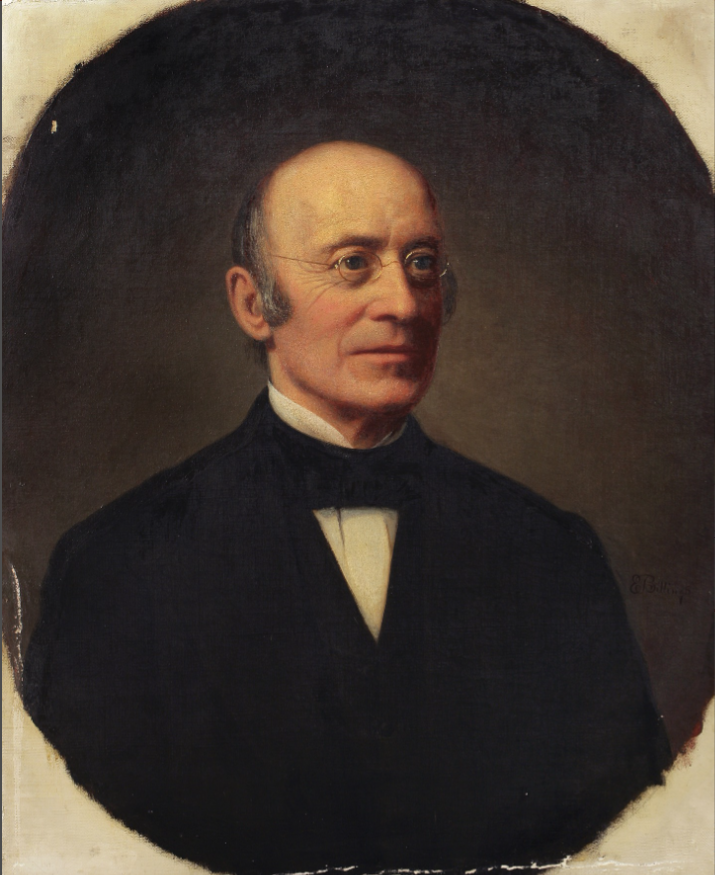Ch. 12.2 Flashcards | Antebellum America 1800-1848 Unit 4
1/21
Earn XP
Description and Tags
pg. 440-451
Name | Mastery | Learn | Test | Matching | Spaced |
|---|
No study sessions yet.
22 Terms
American Colonization Society
1816, encouraged to return free black people back to Africa. West African nation of Liberia was founded in 1822 to serve as a homeland for them. Supported by many people of the Jacksonian era, including Henry Clay, John Marshall, and Jackson himself, and also many northerners saw it the only way to end slavery.
David Walker
Abolitionist: Made the book An Appeal to the Coloured Citizens of the World in 1829. Free black from North Carolina who alluded to the Bible and Declaration of Independence to warn the White people that if they did not change their racist views, then there will be divine punishment. Additionally, saying that black people should be prideful in their ancient African civilizations and to claim all their rights as Americans.

William Lloyd Garrison
Abolitionist: Editor of the Liberator. Believed that the North should get rid of the Constitution and dissolve the Union to end slavery. Yet, his call for immediate emancipation echoed throughout antislavery circles. Thoughts on African Colonization expressed the need to view black people as citizens of the U.S., not as aliens.
American Anti-Slavery Society
1833-1840: Demanded immediate end to slavery, and establishment of equality for black Americans. Dissolved under disputes about role of women within the organization among other issues.
Theodore Weld
Abolitionist: Used practices similar to those of evangelists to preach the message of abolition to the heart of the rural and small-town North. Slavery is a sin.
Bazaars
“Buy for the Sake of the Slave”: Form of charity, where women would sell items, either of luxury or hand-crafted items, and some of the money would go towards abolitionist movements. (Also inspired modern day Christmas shopping).
Maria Weston Chapman
The woman who ran the National Anti-Slavery Bazaar in Boston annually to support the abolitionist cause. Was raising several thousand dollars.
Moral suasion
A strategy implemented by pretty much all abolitionists to persuade both slaveowners and complicit northerners that slavery was evil. Most abolitionists were pacifist, and did not believe in violent means to end slavery.
William Yates
Abolitionist: 1833, first legal treatise on the rights of free black Americans.
Birthright citizenship
The belief that if someone is born on United Statesian soil, then they are a citizen of the States.
“Public rights”
Meant equal access to businesses serving the public like hotels, theaters, streetcars, steamships, and railroads (regularly excluded black people).
Angelina Grimké
Abolitionist: Grew up in South Carolina, but went to school in Philadelphia, a Quaker and abolitionist populated place. Converted to quakerism and abolitionism, and held gathering talking about her first-hand experience of what she saw happening with slavery from her own home.
James Forten
Abolitionist: Black sailmaker in Philadelphia who helped finance The Liberator (Garrison).
Uncle Tom’s Cabin
Antislavery piece by Harriet Beecher Stowe which popularized the abolitionist movement. Somewhat modeled on the autobiographical piece by Josiah Henson, a fugitive slave.
Henry Highland Garnet
Abolitionist: Fugitive slave who escaped as a child from Maryland with his father. Believed that ensalved peoples need to rise up with violence. Went so against moral suasion, that articles were published completely removing his speech. Only gained exposer when his speech was published with David Walker’s Appeal.f
“gentlemen of property and standing”
Anti-abolitionists: Rich merchants who often had economic ties with the South, resisted abolitionism. Sometimes resorted to violent means to combat abolitionists and their movements.
James G. Birney
Abolitionist: Used to be a slaveholder, but was converted by Theodore Weld. His printing press was destroyed by the Gentlemen of Property and standing.
Elijah P. Lovejoy
Abolitionist: Gentlemen of property and standing killed this man in 1837, making him the first martyr of the club, while he was protecting his printing press.
Amos Kendall
Anti-abolitionist: Infringed on the first amendment right (freedom of speech and of the press) by (with unspoken approval of Andrew Jackson’s postmaster general) burned abolitionist literature that they would take out of the mail.
Gag rule
1836 ruling by the House of Representatives that prohibited consideration of abolitionists petitions. Eventually was overturned by John Quincy Adams (Whig Party) in 1844.
Wendell Phillips
Abolitionist: Associated himself with the abolitionist cause after the death of Lovejoy. Eventually became one of the movement’s greatest orators.
Free opinion
Essentially, the 3/5th of the First Amendment right: Freedom of speech and of the press, and the right of petition. William Lloyd Garrison called these three the “gospel of freedom.”